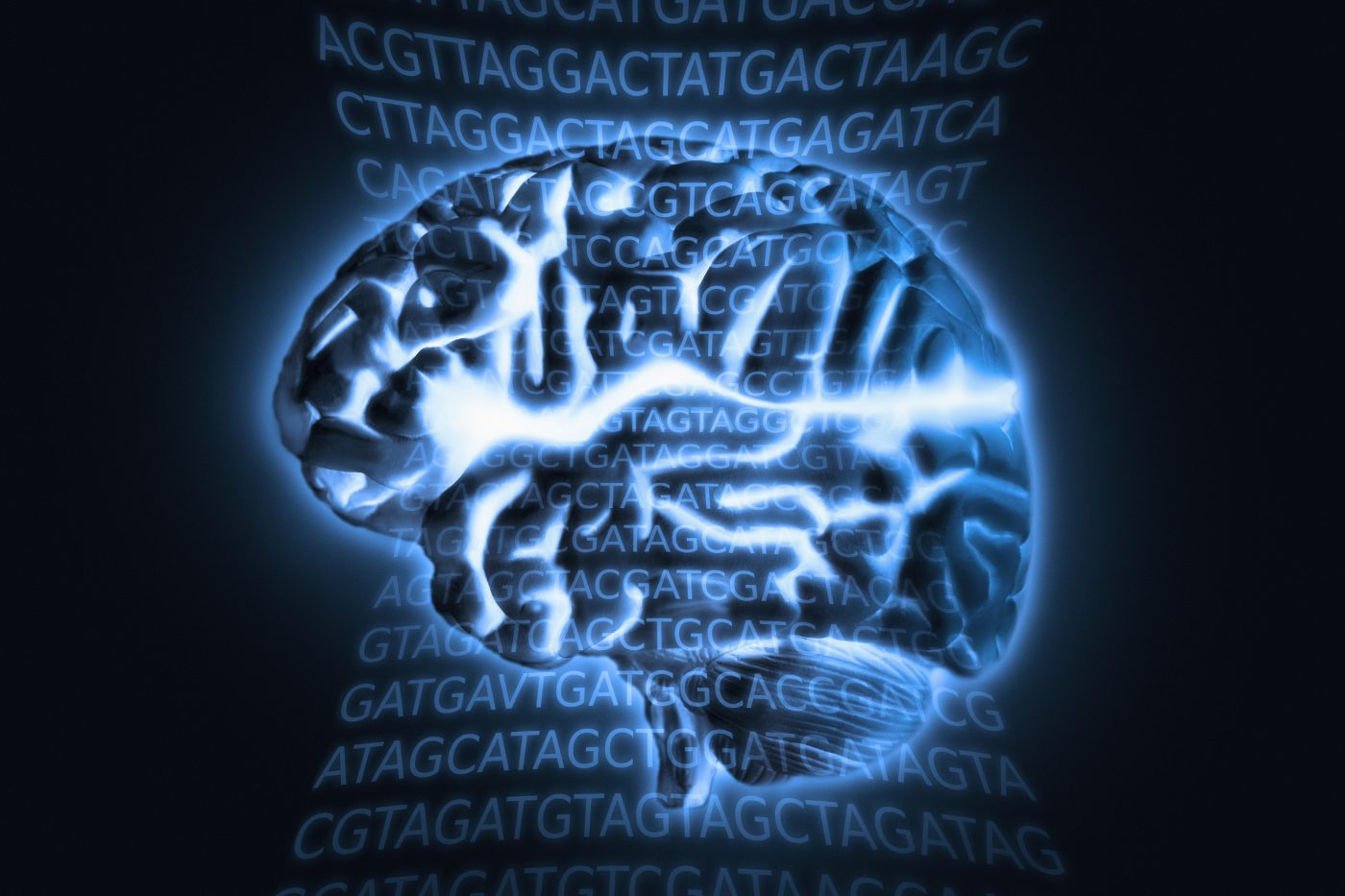
We analyze the data separately for every individual participant in our MRI studies,” says Jack L. Gallant, PhD, Chancellor’s Professor of Psychology and co-director of the Henry J. Wheeler Brain Imaging Center at the University of California, Berkeley. This approach contrasts with the one used in conventional studies, where magnetic resonance imaging (MRI) is used to derive group-level insights.
“There is nothing wrong with [the conventional] approach,” Gallant says, “but group models do not provide information about individual differences.” In functional imaging studies conducted while individuals perform a complicated task, such as listening to a story or reading a text, analyses based on group models reflect only approximately one-third of the variance.
One of the Gallant laboratory’s innovations addresses a major limitation in studies that rely on functinal MRI (fMRI) to measure blood oxygen level–dependent (BOLD) signals. These studies have difficulty modeling brain activity elicited by dynamic stimuli such as natural movies.
A novel motion-energy model that Gallant and colleagues have optimized for fMRI allows temporal information to be recorded very dynamically from BOLD signals. That is, the model describes fast visual information and slow hemodynamics by separate components. A decoder based on the model has allowed “remarkable reconstructions” of natural movies viewed by human participants to be generated from signals recorded in the early visual cortical areas.
In a recent study, Gallant and colleagues used fMRI to systematically map semantic selectivity across the human cortex. The study, which evaluated participants who listened to narrative stories for at least two hours, was conducted to interrogate how the meaning of language is represented in regions of the cerebral cortex collectively known as the “semantic system.” The study found that specific semantic domains are represented in discrete areas, with the maps appearing to be consistent among individuals.
An interactive version of this semantic atlas is available online as a resource that can help scientists study the neurobiological basis of language. In a subsequent experiment, in which participants listened to or read stories, Gallant and colleagues revealed that throughout most of the semantic system, representation is invariant to the presentation modality. This study was the first one to interrogate semantic representation as a function on the presentation modality at the individual level, rather than at the group level.
Gallant’s laboratory is currently working on a virtual reality navigation experiment, in which participants drive in traffic through several kilometers of a virtual town. This experiment provides opportunities to collect whole-brain functional imaging data during naturalistic conditions.
“We would like to apply this to patients,” Gallant relates. “One of the first signs of neurodegenerative disease is that people start getting lost in a familiar town. This is a sensitive biomarker for disease that would be nice to see in the clinic.”
"activity" - Google News
June 03, 2021 at 02:00PM
https://ift.tt/3ifCYos
Mapping How the Brain Organizes Semantic Activity - Genetic Engineering & Biotechnology News
"activity" - Google News
https://ift.tt/3ddCXMh
https://ift.tt/2WkO13c
Bagikan Berita Ini















Ayo kunjungi kami (IONQQ".COM) dan daftarkan diri Anda
ReplyDeletedeposit, mainkan dan menangkan jp-nya..
Bisa dp via pulsa juga (min 25rb)